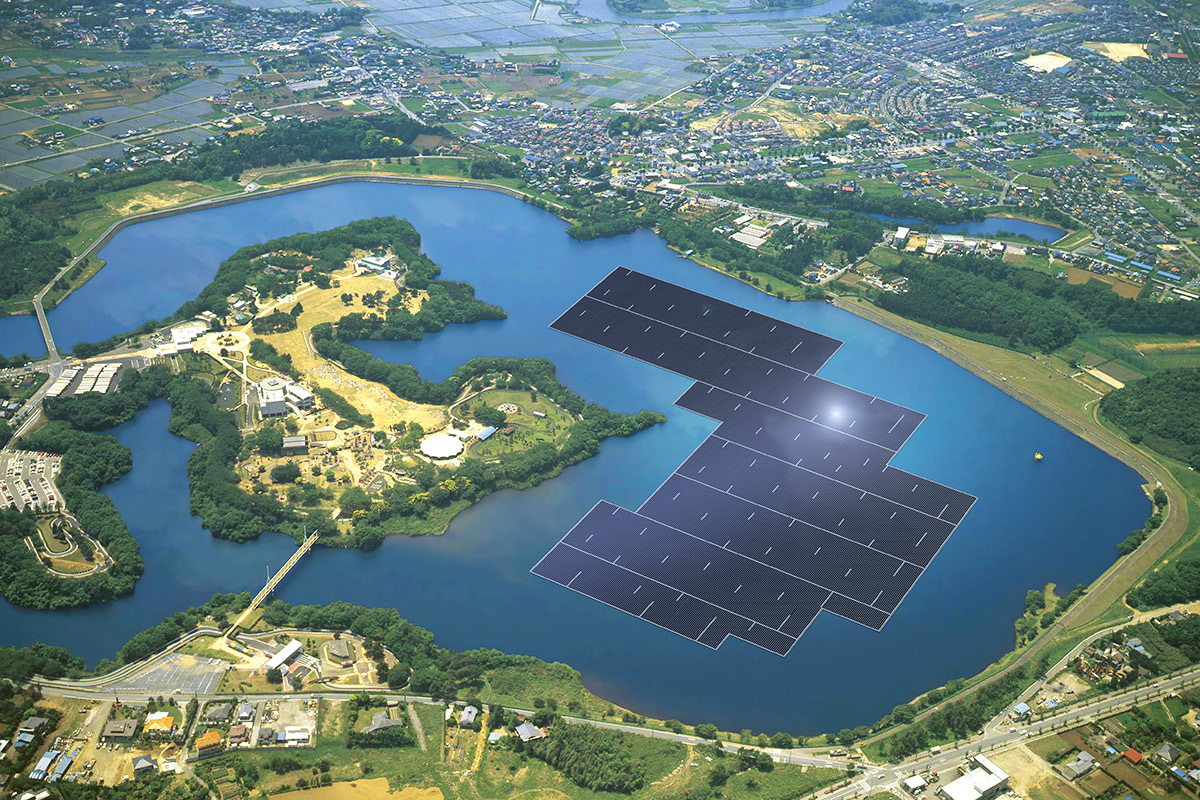The renewable energy industry has grown a lot in recent years. It continues to expand, not just in numbers, but also into new types of environments. Offshore renewable energy resources, such as floating solar arrays, have begun to pop up around the world.
Benefits of Floating Solar
Floating solar farms provide countries that have limited space on land with somewhere to capture solar energy. They also allow underutilized areas, such as dam reservoirs, to become highly valuable power-generating stations.
Floating systems may also perform better than arrays built on land. Solar systems installed on water will be cooler due to evaporating water, which causes them to operate more efficiently. According to a study by Korea Water Resources Corporation, a floating array could be 11% more productive than land-based systems.
How It Works
Floating solar panels are attached to interconnected, plastic rafts that allow them to stay on top of the water. There are often floating walkways so workers can reach the solar panels.
To operate in and around water, the materials used need to be made for marine environments. While inverters are typically located on shore, the wires used must be submersible or buoyed by flotation devices.
Floating solar arrays need to include a number of features that protect them from the elements. The arrays also need to be strong enough to stay together. The last thing the owner needs is for a panel to go adrift. If there is a risk of the water freezing, there has to be some give in the anchoring system that allows them to rest on top of ice. Some arrays are also designed to be able to withstand small waves and fairly strong winds.
While solar panels aren’t quite ready to be installed on the open ocean yet due to the damage sea salt and tall waves can cause to them, technological advancements may allow that in the future. Until then, lakes provide the perfect placement for these systems.
Floating Solar Around the World
Floating solar plants are already a reality in various countries around the world including Japan, China, France, Indonesia and Singapore. And there is a potential demand in many other places, especially islands and regions with lots of water. They are showing they have what it takes to be the next big wave in solar power, and technological advancements may make them even more prevalent in the future.
Image: Business Wire

Share your thoughts and join the technology debate!
Be the first to comment